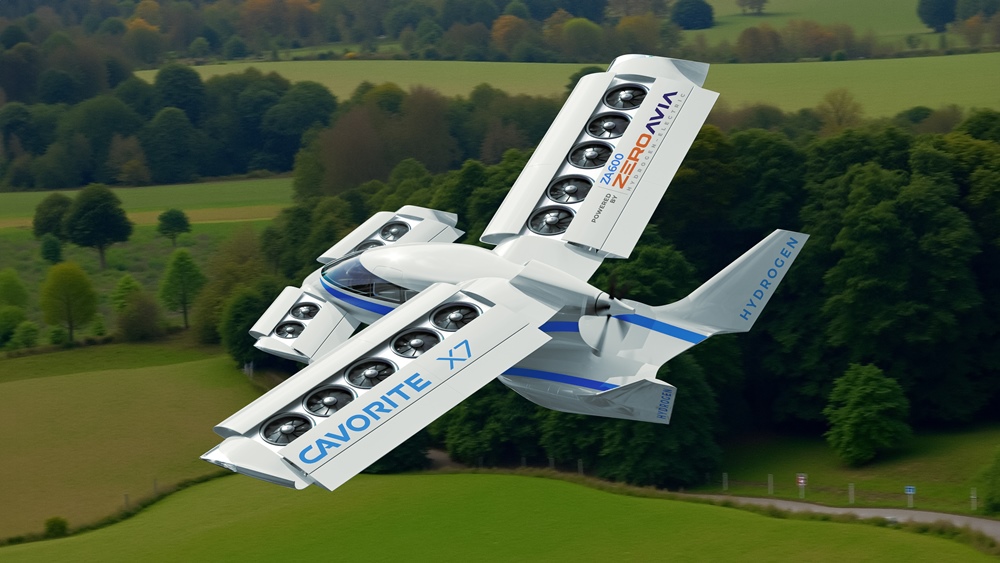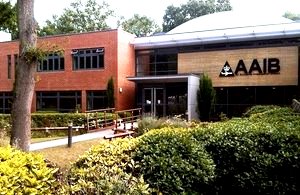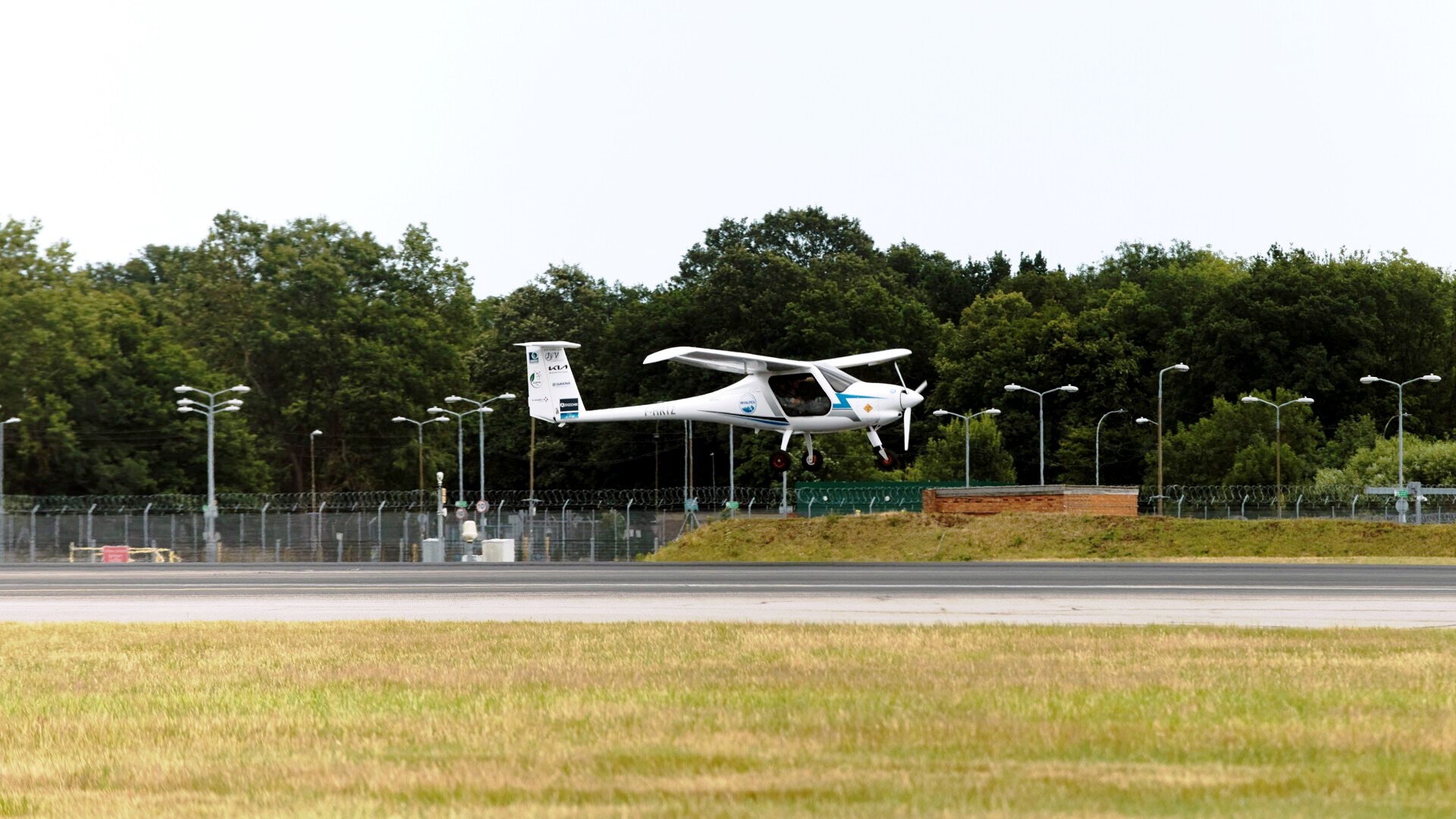Birmingham Airport opens consultation on proposed flight path changes

The new routes have been designed using the latest criteria to allow aircraft to fly more precisely than ever and are a legal requirement set out by the Civil Aviation Authority (CAA).
As the runway will be extended further south, there will be a change to the routeing of aircraft after taking-off to the south. This is due to the earliest point that aircraft can turn after departure also moving further to the south, affecting the routeing of aircraft which will mean a change for some communities.
Currently, aircraft departing from Birmingham are directed to fly within a 3km ‘noise corridor’, up to 3000ft to minimise the noise impact on local communities. However, after redesigning the flight paths using the latest criteria, aircraft will be able to fly more precisely. The Airport has therefore committed to reduce the existing 3km noise corridor to 2km to demonstrate its confidence in the changes.
The new flight paths mean that aircraft will fly further away from Catherine-de-Barnes, Eastcote, Knowle and Meriden, but closer to some parts of Hampton in Arden, Barston and Balsall Common.
John Morris, the Airport’s Public Affairs Director, explained, “As a result of our flight paths being redesigned using the latest criteria, aircraft will be able to fly more precisely on the centre line of a flight path which means that we no longer need such a wide noise corridor. By narrowing the corridor in which aircraft fly, and as more airlines introduce newer aircraft installed with the latest navigational aids, even fewer communities could be over-flown in the future.”
As well as consulting on changes to the flight paths for aircraft taking off, the Airport is also consulting on changes to the arrival procedures for aircraft landing from the south due to aircraft touching down earlier on the extended runway. This will mean that aircraft, at any point along the final approach path, will be approximately 51ft lower than at present.
Meanwhile, it is likely that the noise impact for many communities to the north of the airport will improve, as the take off threshold for aircraft departing to the north will start from a more southerly position on the airfield. This means that aircraft will start to climb sooner and be higher in the sky in the north of the Airport, reducing the noise impact for many communities.
To give local people an opportunity to find out more about the proposed airspace changes, the Airport is holding a series of roadshows in Catherine-de-Barnes, Barston, Eastcote, Meriden, Berkswell, Hampton-in-Arden, Marston Green, Bickenhill, Balsall Common, Knowle and Sheldon. Full details for these roadshows can be found at: www.birminghamairport.co.uk/airspace .
Regardless of the runway extension at Birmingham, all major UK airports will have to redesign their flight paths to the latest design standard in the future due to ground-based navigational aids being withdrawn by circa 2018.
The CAA will make a decision whether or not to approve Birmingham Airport’s new routes once the results of the consultation, together with the Airport’s proposals, have been considered.
Full details of the proposals and the roadshows can be accessed via the Airport’s website
www.birminghamairport.co.uk/airspace
.













